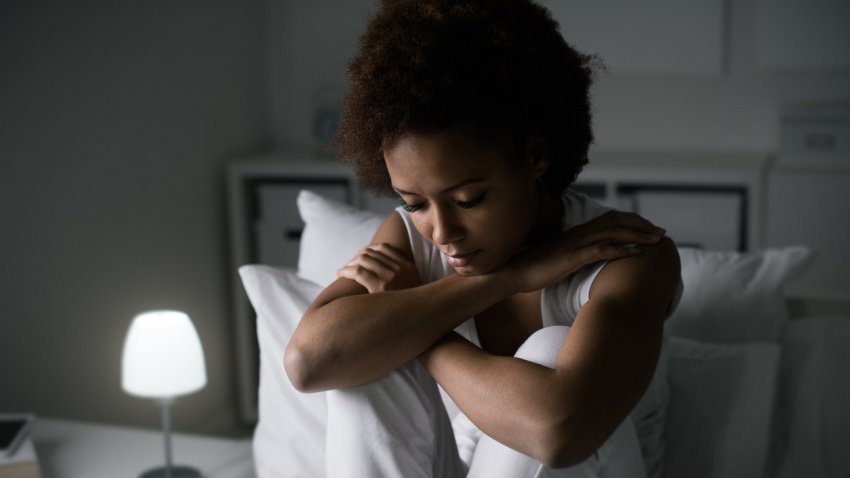
Does your mood turn to gloom when the day turns gray? Can’t rise and shine when the sun’s not shining? It could be a case of the blues — or it could be something more. If your symptoms last for months at a time during the fall and winter, and you don’t have any other unusual symptoms, you could have Seasonal Affective Disorder (SAD).
SAD is a seasonal depression that affects one in 20 people, mainly those who live far away from the equator where winter lasts the longest. As the days grow shorter and we’re exposed to less direct sunlight, people with SAD feel their symptoms kick in. Without treatment, these symptoms often don’t ease up until spring is well underway.
Symptoms of winter SAD include:
SAD can be caused by multiple factors working against you at once. First, your circadian rhythm is thrown off. Circadian rhythms, the 24-hour cycles humans normally live by, are regulated by light. Scientists theorize that the circadian rhythms of SAD sufferers are disrupted by the shortened days of winter. The effect is similar to prolonged jet lag.
Second, hormones such as melatonin and Vitamin D may be disrupted. Melatonin is a nighttime hormone that helps you sleep. Since nights are longer, our biological clock turns on melatonin earlier and turns it off later, causing some people to sleep longer in the winter. Vitamin D, which is created in the skin when we’re exposed to sunlight, is important for many different bodily functions — including the production of serotonin in the brain, which boosts mood. Carbohydrate consumption can also temporarily increase serotonin, which is why some people may crave carbs when serotonin levels are low. Some recent studies have suggested that increasing vitamin D in your diet may help reduce the effects of SAD.
If you just need a little help getting out of bed while it’s still dark outside, you can try using a “sunrise clock.” These are alarm clocks that light up and slowly increase in brightness over several minutes to simulate a natural sunrise.
For serious cases of SAD, talk to your doctor at Riverview Health. A doctor may be able to help by recommending seasonal medication, supplements or light therapy. Light therapy involves facing a special high-powered light box (without damaging ultraviolet rays) for a certain number of hours per week, depending on the severity of your symptoms and the strength of the light source. While these treatments won’t make spring come any faster, they may help make the winter months much easier.
Has it been a while since your last primary care appointment, or do you need a new physician? Call us at 317.565.0565 to request an appointment.
Sources: clevelandclinic.org, ivillage.com, WebMD.com, psychologytoday.com